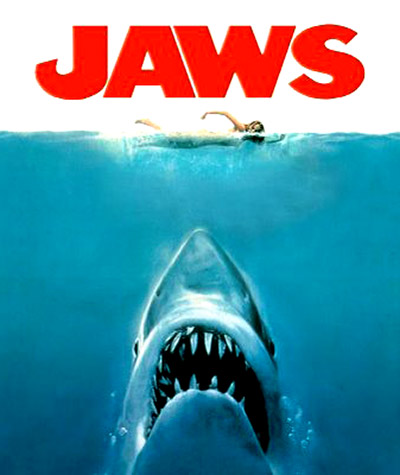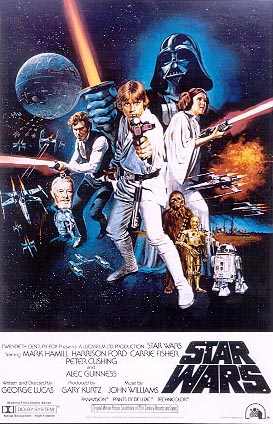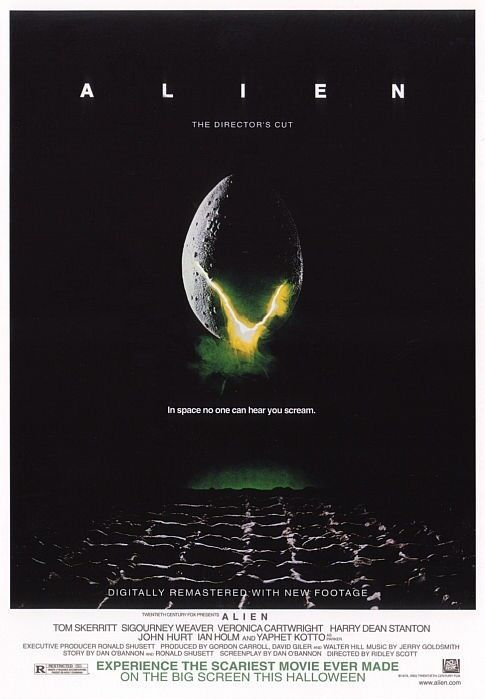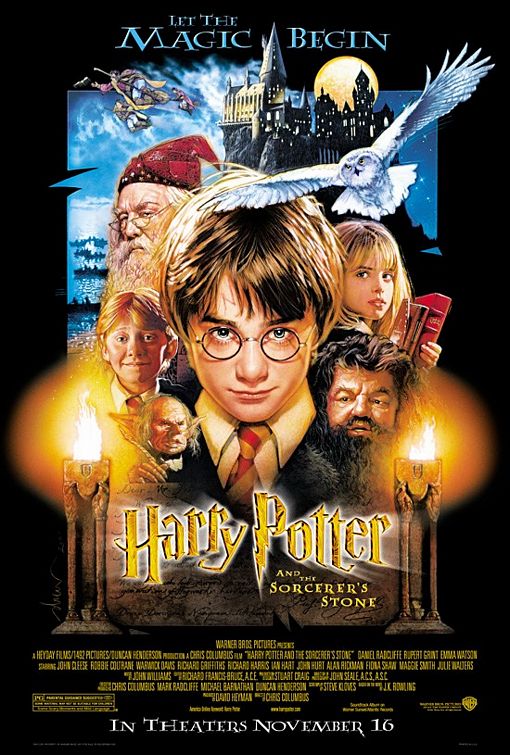What's Wrong with Hollywood?
Is it me, or have movies really been trending downwards in quality since the beginning of the new millennium? I’m just speaking generally of course, but lately I rarely get a strong urge to go to the theater and when I do go, I usually leave disappointed. Who controls what movies get made and play in theaters? The major Hollywood studios. And what determines a screenplay’s eligibility to get made into a film? Potential profit. Moviemaking is a business after all. Let’s explore some Hollywood history in order to better understand what kind of movies make it into theaters when and why.
By the mid-1960s the Hollywood studio system was seriously on the ropes financially. In 1948, a monumental antitrust case known as the Paramount decision forced the vertically integrated studios to divest themselves of their theater chains. That and the invention of television added up to a tremendous hit on studio profits, and they became pretty desperate for a new way to sell. Gimmicks like 3-D and Smell-O-Vision were tried, but with little success. Studios needed to tap into the baby boomer market of young, educated filmgoers, but in order to do so they needed some brand new talent.
This was the beginning of New Hollywood. Young film school graduates were getting hired, and the studios were giving them unprecedented creative control. You may have heard of some of these young directors: Martin Scorsese, Francis Ford Coppola, Brian De Palma, Steven Spielberg, and George Lucas are among them. For many of these film authors, imbuing their films with messages of rebellion that the youth counterculture could relate to was very important. This led to the production of many socially aware, cinematographically artful films being produced within the studio system, a stark contrast to the studios’ once assembly-line-like production methodology.
However, as early as 1975, this type of creative production was already in danger of being replaced by the studios’ current primary hard-hitting moneymaker—the blockbuster. Jaws (dir. Steven Spielberg, 1975) and Star Wars (dir. George Lucas, 1977) were revolutionary for their time because they could be advertised in a single sentence or even a single image (in the industry they call this high-concept, as in ‘high on concept, low on everything else’). This made them very easy to sell to a mass market.High Concept Through the Ages
Click thumbnail to view full-size





Since then, the high-concept blockbuster has dominated U.S. screens. They tend to be characterized by a focus on special effects or spectacle, and are often labeled with names of famous actors and directors. Lately, many blockbusters are adaptations of previously successful material, or sequels to financial successful films. The studios figure, if it has sold well in the past, it will continue to do so. Even if these movies are crap, people will still pay to go see their favorite characters on the big screen.
Adapted Blockbusters
Click thumbnail to view full-size





If that isn’t enough to make you go see the movie, the studios invest upwards of 50% of a film’s production cost toward marketing. (The average production budget for a studio film in 2007 was $70.8 million; on top of that studios spent $35.9 million per movie average on marketing.1) When you see ads for a movie in every possible venue—on billboards, buses, cups, the internet, etc.—as you often do for blockbusters, it’s called saturation marketing.
And the worst part of it all is… they got their theaters back. Because the major studios are now integrated into multimedia conglomerates, they get around antitrust law like the Paramount decision. So the studios are determining what gets shown in your average theater.
Although there are still some pretty good independent films being made outside the studio system, the only chance you might have to see them is in an independent or art house theater, and there aren’t that many of those around. Luckily, the internet is becoming a burgeoning market for independent films, and many young independent filmmakers are using free sites like YouTube to showcase their work.
My guess as to what’s really wrong with Hollywood is that, in trying to make money, they forgot how to tell stories. There are plenty of great new screenplays floating around, but the studios always choose to invest in the ‘sure’ thing. Before the invention of modern special effects and CGI technology, movies had to concentrate on stories, characters and dialogue, as well as cinematography, because they didn’t have the mass marketing schemes and spectacle they rely on so heavily now. What I suggest is that they try working with original content that fits with what has worked for them in the past. For example, I’m a big fan of superhero movies, and I’d say 95% or more are adapted from comic books. Comics are a pretty visually based medium already, so they tend to translate well into films, but I can imagine a superhero story designed just for the screen would work even better. (The Incredibles was a great one; My Super Ex-Girlfriend, not so much.) The important thing is to remember that interesting, lifelike, relatable characters matter, and that is why I will have a lot of indecision around going to see another X-men movie in theaters, even though they’re bringing back the original director.




















